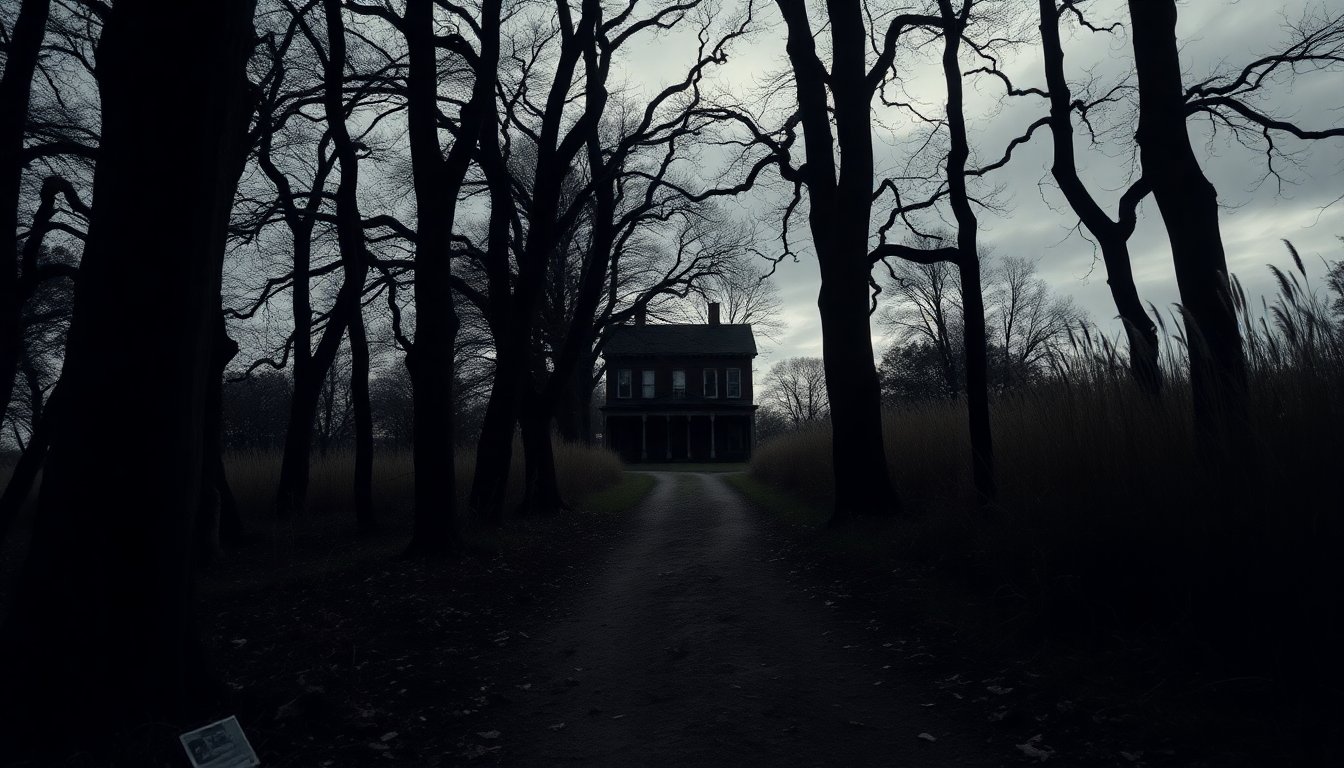Table of Contents
The debut feature film, Shelby Oaks, funded through Kickstarter, signifies a pivotal moment for popular YouTuber Chris Stuckmann, known for his enthusiasm for the horror genre. While the film presents an intriguing premise and boasts a dedicated fanbase eager for Halloween-themed content, it often feels like a rehash of familiar horror clichés rather than offering a fresh narrative. The film weaves together elements of found-footage, demonic possession, and missing-person storylines, yet ultimately lacks the originality necessary to stand out.
Scheduled for theatrical release on October 24, following its premiere at the Fantasia Film Festival in 2024, Shelby Oaks has the potential to draw viewers interested in seasonal scares. However, it risks being perceived as a mediocre addition to the horror genre rather than a compelling start to a possible series.
The haunting backstory of Riley Brennan
The film opens with a faux-documentary style that explores the mysterious past of Riley Brennan, portrayed by Sarah Dunn. Together with her friends, she ran a YouTube channel named Paranormal Paranoids, where they investigated various supernatural phenomena. Despite attracting a modest following, many dismissed their content as contrived. The narrative takes a dramatic turn when, in 2008, all four friends vanish during an overnight stay in a ghost town in Ohio, leaving behind unsettling footage of Riley reacting to strange noises before she chooses to investigate.
While the bodies of her friends are eventually found, Riley’s fate remains unknown twelve years later, captivating public interest and becoming an obsession for her sister, Mia, played by Camille Sullivan. The film takes a dark twist when Mia encounters a disheveled man who, after revealing his connection to the area, takes his own life. This man, an ex-convict linked to the now-defunct prison in Shelby Oaks, leaves a video that suggests a sinister involvement in the disappearance of Mia’s sister and her friends.
Mia’s relentless pursuit of the truth
Despite her husband’s concerns, Mia becomes increasingly obsessed with uncovering the deeper truths surrounding the supernatural elements connected to Riley’s disappearance and the eerie decline of Shelby Oaks. Her investigation takes her to various unsettling locations, including an abandoned amusement park and a dilapidated prison. However, the film struggles to evoke genuine fear, often relying on clichéd horror tropes that fail to build suspense. The introduction of glowing-eyed beings referred to as ‘hellhounds’ comes across as more absurd than frightening.
Conventional horror elements and missed opportunities
While the production values of Shelby Oaks are commendable given its budget constraints, the script, co-written by Stuckmann and his wife Samantha Elizabeth, often resembles a checklist of horror tropes. Instead of crafting a unique mythology, it heavily leans on established conventions that feel tired and uninspired. The setting in Darke County and the lackluster dialogue delivered by notable actors such as Keith David and Michael Beach contribute to the film’s overall sense of mediocrity.
Although there are moments that hint at intrigue, such as Mia’s encounter with a mysterious old woman in a remote cabin, these scenes are overshadowed by the film’s predictability. The climactic moments, intended to resolve the sisters’ story arcs, ultimately leave viewers unsatisfied.
Filmmaking techniques and audience engagement
Beginning with a semblance of found-footage, the film aims to portray its characters as authentic individuals caught in a real-life horror scenario. Unfortunately, this approach hinders the actors’ ability to convey genuine fear, especially as the narrative transitions to a more conventional storytelling format. Despite the involvement of executive producer Mike Flanagan, known for his polished horror projects, Shelby Oaks fails to realize its potential.
While there are effective jump scares and unsettling locations expertly designed by Christopher Hare and captured by Andrew Scott Baird, the film’s sound design, credited to James Burkholder and The Newton Brothers, attempts to instill fear through overwhelming audio cues. Overall, while Shelby Oaks provides a fleeting diversion for horror enthusiasts, it ultimately resembles more of a tribute to the genre than a significant contribution that resonates with audiences.


